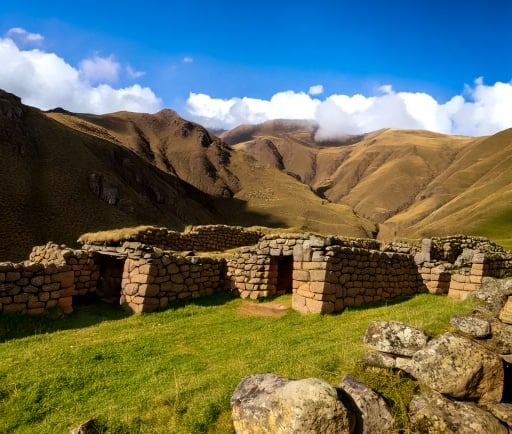The Precision of Puma Punku: A Testament to Ancient Engineering


Introduction to Puma Punku's Architectural Marvel
Puma Punku, an archaeological site located near Tiwanaku in Bolivia, captivates historians, archaeologists, and engineering enthusiasts alike. This site, part of the larger Tiwanaku complex, is renowned for its mysteriously precise stonework. The stones of Puma Punku shouldn't exist; they challenge our understanding of ancient engineering capabilities. Crafted with such meticulous precision that even a razor won't fit through their interlocking joints, these stones invite debate about the technologies possessed by ancient civilizations.
Unraveling the Mysteries of the Stones
The stunning angles and uniformity of the stones defy the construction methods that were believed to have existed during the time they were built. With some weighing as much as 130 tons, the transportation and placement of these massive blocks remain a puzzle. Even more perplexing is the fact that the technology required to achieve this level of precision allegedly did not exist until centuries later. The intriguing question arises: how did the builders of Puma Punku achieve such advanced techniques?
Exploring Cultural Significance and Technological Implications
Puma Punku is often considered a 'temple built of gods,' which further adds to the allure of this ancient site. The alignment of the structures with astronomical bodies and their intricate carvings suggest that the builders possessed sophisticated knowledge of engineering, astronomy, and design. These stones stand as a testament to the capabilities of ancient artisans and invite exploration into the cultural significance of their monumental achievements.
Theories abound regarding the origins of the technology used in constructing Puma Punku. Some propose that these artisans had access to advanced tools or methods long lost to history, while others suggest that they may have utilized techniques that modern archaeology has yet to rediscover. Regardless of the theories proposed, the precision of the stonework at Puma Punku indicates a level of craftsmanship that remains unmatched.
The monumental complex continues to inspire awe. As researchers delve deeper into the mysteries surrounding Puma Punku, they uncover more about the people who built it. The unique architectural techniques, including the fitting of stones with near-perfect joints, serve as evidence that our understanding of ancient civilizations may still be insufficient. This realization opens new avenues for exploring lost technologies and the stories embedded in these monumental structures.
In conclusion, the stones of Puma Punku shouldn’t exist within the context of our traditional understanding of ancient construction. Their remarkable precision challenges preconceived notions of technological progress. As we continue to investigate and analyze these ancient wonders, Puma Punku stands not only as a testament to mastery of stonework but also as an invitation to question the narratives of our past. Only through careful decoding of these architectural marvels can we truly appreciate the ingenuity of our ancestors.
